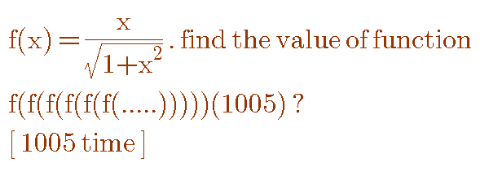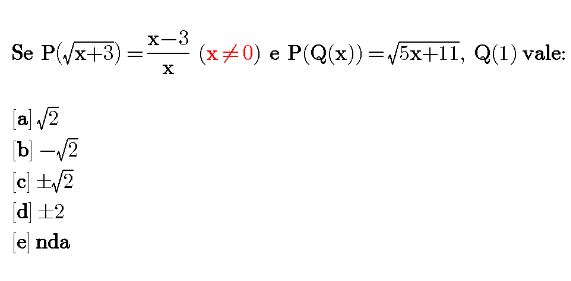
AlgebraQuestion and Answers: Page 264
Question Number 97818 Answers: 1 Comments: 0
Question Number 97808 Answers: 0 Comments: 1

Question Number 97694 Answers: 1 Comments: 7

Question Number 97675 Answers: 1 Comments: 0

Question Number 97637 Answers: 0 Comments: 1
Question Number 97564 Answers: 1 Comments: 0

Question Number 97512 Answers: 0 Comments: 2
Question Number 97501 Answers: 0 Comments: 2
Question Number 97496 Answers: 1 Comments: 0
Question Number 97485 Answers: 1 Comments: 3

Question Number 97428 Answers: 2 Comments: 5

Question Number 97386 Answers: 0 Comments: 2

Question Number 97306 Answers: 0 Comments: 2
Question Number 97303 Answers: 0 Comments: 0
Question Number 97272 Answers: 0 Comments: 0

Question Number 97227 Answers: 2 Comments: 1

Question Number 97206 Answers: 2 Comments: 0

Question Number 97136 Answers: 0 Comments: 3
Question Number 97135 Answers: 0 Comments: 1
Question Number 97134 Answers: 0 Comments: 0
Question Number 97114 Answers: 0 Comments: 0
Question Number 97067 Answers: 2 Comments: 1
Question Number 97064 Answers: 0 Comments: 1
Question Number 97051 Answers: 2 Comments: 2
Question Number 97019 Answers: 0 Comments: 1

Question Number 96951 Answers: 1 Comments: 5
Pg 259 Pg 260 Pg 261 Pg 262 Pg 263 Pg 264 Pg 265 Pg 266 Pg 267 Pg 268
